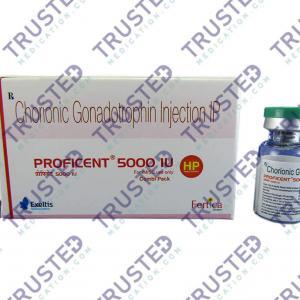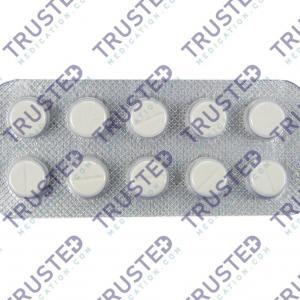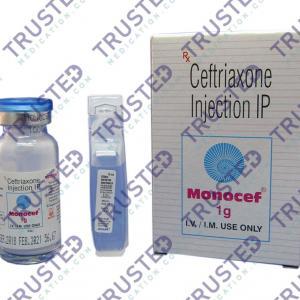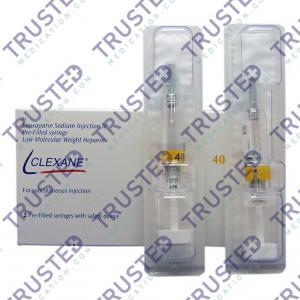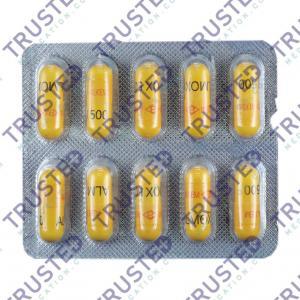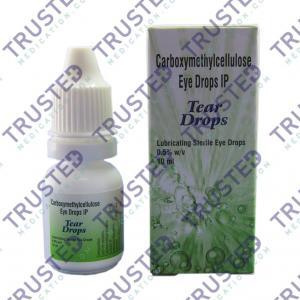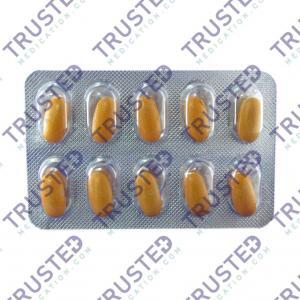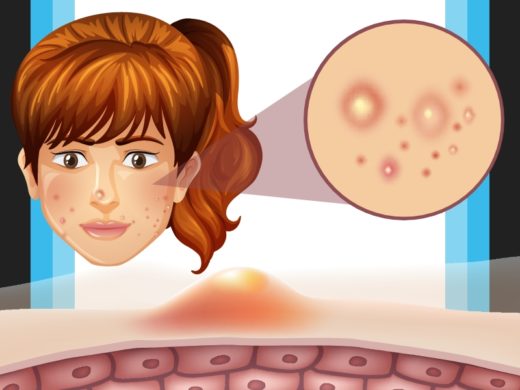
Rosacea acne is a common skin condition usually on your face. This condition can affect anyone. However, it’s most common in middle-aged white women. There’s no cure for rosacea, but treatment can control and reduce the signs and symptoms.
What Is Rosacea?
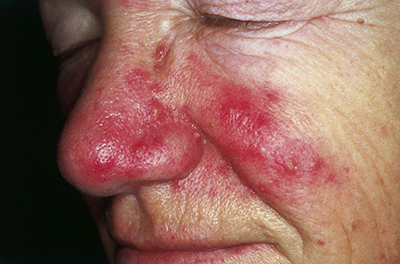
Rosacea is a common skin disorder most commonly affecting the face. You will notice redness on your nose, chin, cheeks, and forehead due to this disease. A ruddy appearance may develop over time as the redness intensifies. It is possible to see small blood vessels. In some cases, rosacea can appear on the chest, ears, neck, or scalp. If rosacea is not treated, red solid bumps and pus-filled pimples can develop. Rosacea can affect the eyes, causing them to feel irritated and to appear bloodshot or watery.
Signs and Symptoms of Rosacea
- Swollen bumps. Many people with this condition also develop pimples on their faces that resemble acne. These bumps sometimes have pus.
- Facial blushing or flushing. Rosacea can cause persistent blushing or flushing in the central part of your face.
- Visible veins. Small blood vessels of your nose and cheeks break and become visible.
- Burning sensation. The skin of the affected area may feel tender and hot.
- Enlarged nose. Over time, rosacea can thicken the skin on the nose, causing the nose to appear bulbous. This occurs more often in men than in women.
- Eye problems. Many people with rosacea also experience dry, irritated, swollen eyes and eyelids. This is known as ocular rosacea.
What are the Causes Of Rosacea?
The cause of rosacea could be because of an overactive immune system, heredity, or environmental factors. It might be triggered by:
- Temperature extremes
- Exercise
- Drugs that dilate blood vessels, including some blood pressure medications
- Emotions
- Sun or wind
- Hot drinks and spicy foods
- Red wine and other alcoholic beverages
- Some cosmetic, skin, or hair care products
The 4 Types of Rosacea
- Erythematotelangiectatic rosacea. Symptoms include skin flushing, discoloration, and visible blood vessels.
- Papulopustular rosacea. Symptoms include swelling, flushing, and breakouts that resemble acne.
- Phymatous rosacea. Symptoms include thickened and bumpy skin.
- Ocular rosacea. Symptoms include irritation, eye redness, and swollen eyelids.
Treatment
Treatment for rosacea focuses on controlling signs and symptoms. Most frequently this needs a combination of good skincare and prescription drugs. The duration of your treatment depends on the type and severity of your signs and symptoms. Recurrence is common.
Medication usually recommended :
- Azelaic Acid – this is antibacterial skin cream. This medicine works by causing a reduction in the bacteria which is responsible for causing acne. It also in the process of eliminating these bacteria reduces inflammation and promotes skin renewal, this helps relieve acne and its conditions.

